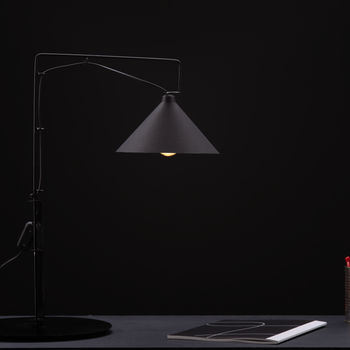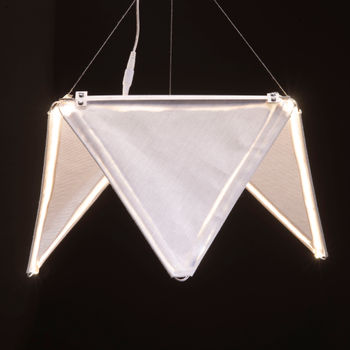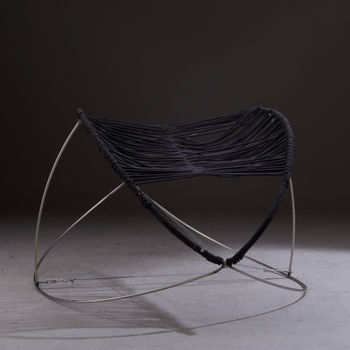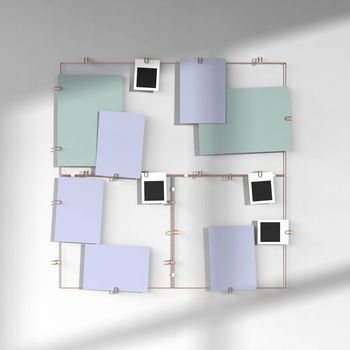Henri.JÄTE – weeding tool
Mona Bosse
Henri.JÄTE is a weeding tool, whose sweeping design facilitates gardening. She comes in two different sizes to allow the user to choose the right tool for his needs. The shape of the handle ensures a comfortable use of the tool. Due to the high quality workmanship and appearance, the removal of weeds with this tool gives the user great pleasure.
The tools name Henri.JÄTE is a composition of the female name “Henriette” and the german verb for weeding “jäten”.
Weeding is probably one of the most thankless tasks for gardeners. It is a arduous job. Compared to other activities in the garden, it requires less physical exertion, but a certain amount of stamina to remove the weeds effectively.
The project began with the examination of different garden tools. During an interview with a professional landscape gardener, I was strengthened in the assumption that there is still no optimal weeding tool available on the market. I spoke with him about the advantages and disadvantages of existing equipment and decided to spend the rest of the project designing a improved weeding tool.
I began researching with attention to the historical and cultural background and development of weeding tools over centuries. After the intensive examination of form, material and origin of already existing tools, I have made it my task to make the today’s activity of weeding, as simple as possible, but yet effective for the user, by creating Henri.JÄTE.
Among other things, I wanted to design a garden tool whose simple appearance makes the function and use of the tool self-explanatory. Furthermore, my goal was to design a tool, which can be used in a comfortable body and hand position to prevent physical discomfort.
Material:
Black brushed aluminum Oak wood
M6 oval-head screw
M6 sleeve screw
Object:
Both the small and the large Henri.JÄTE consist of a curved blade that is attached to a wooden handle by two screws.
The different sizes allow the user to work either with the small Henri.JÄTE in a back-friendly half kneeling position close to the ground or to use the large Henri.JÄTE while standing. The large one is particularly suitable for older hobby gardeners or physically handicapped people.
The handle is positioned at a 120 degree angle to the blade, allowing the blade to be pushed into the ground at the optimum angle. Via the rounding, the weed is levered out of the ground together with the root ball. The two pointed narrow tines, at the end of the blade, allow penetration into soils of different textures. However, the use of Henri.JÄTE is recommended on damp ground, which makes the removal of weeds and their roots easier. The central rebate gives the blade
stability, which prevents the metal from bending in the long run. The twist creates a nice transition between the metal blade and the wooden handle.
Target Group:
Hobby gardeners
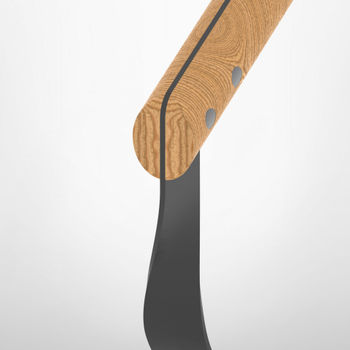
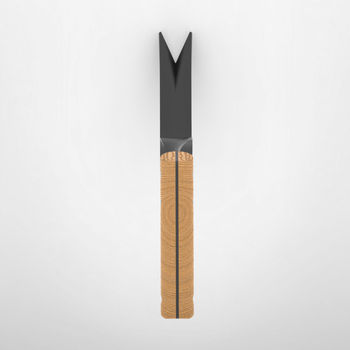
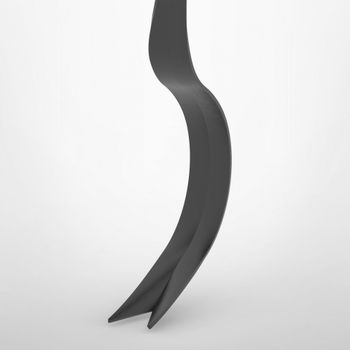
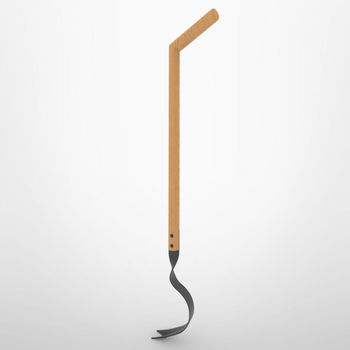
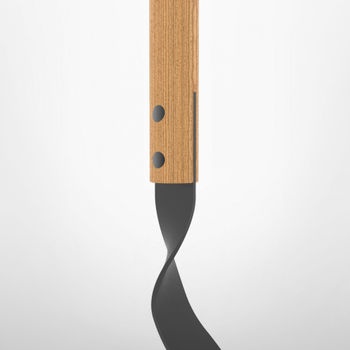
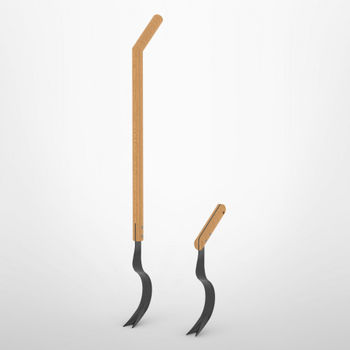
Planting. Tending. Picking.
